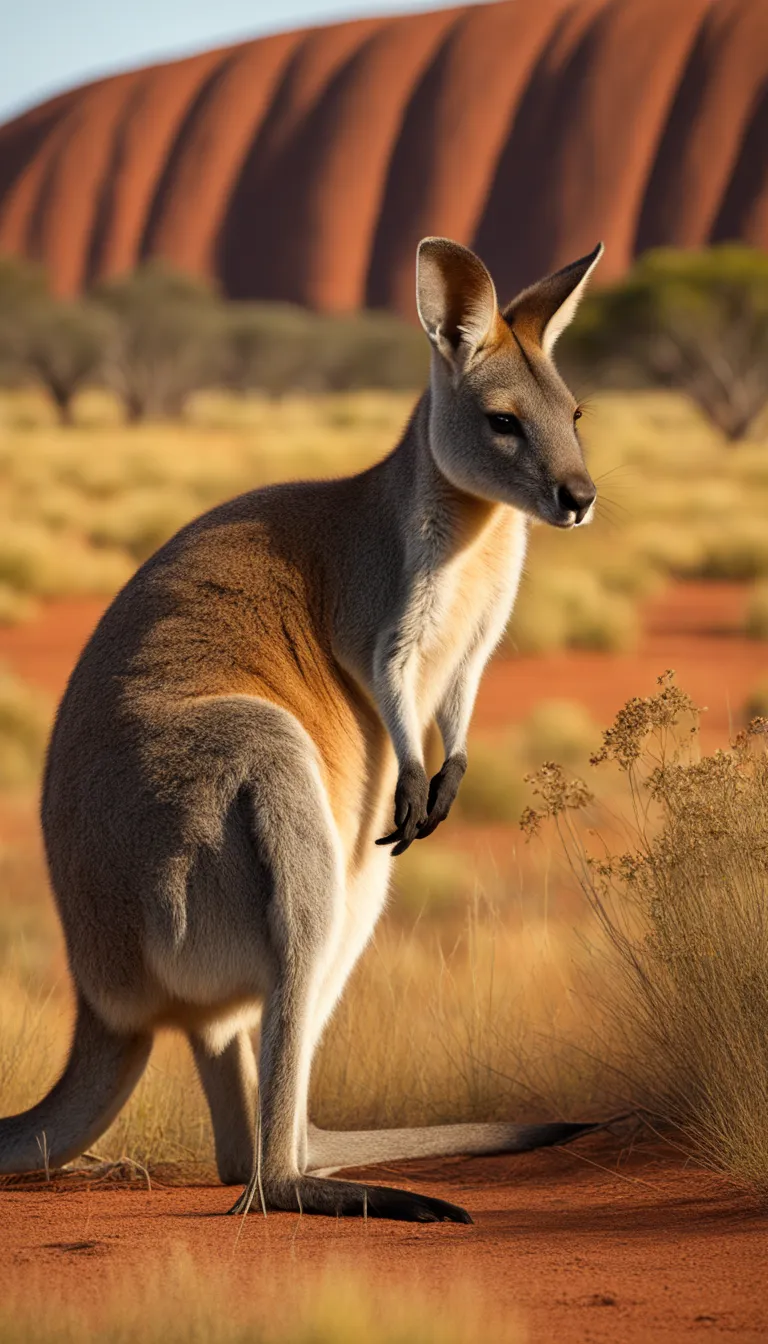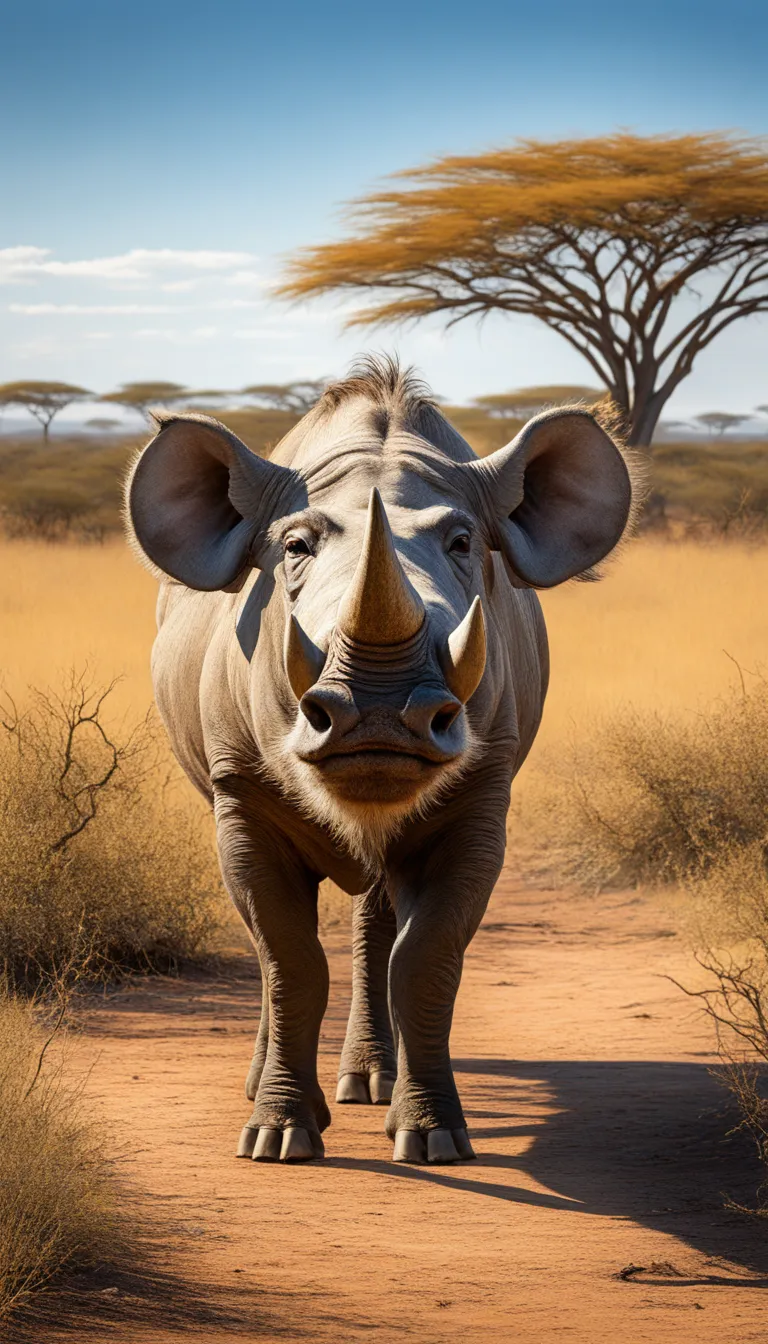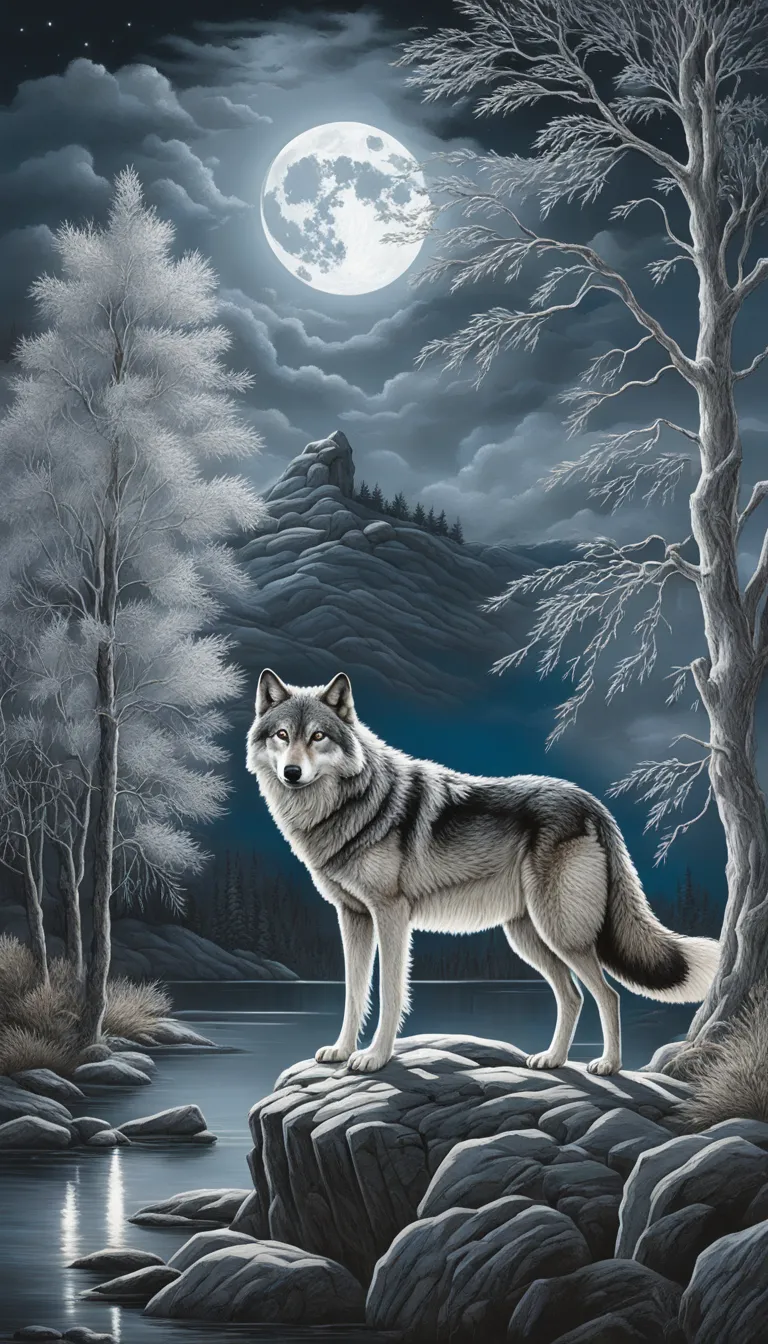Ever wondered about the wild and wonderful creatures whose names begin with the elusive ‘W’? Well, wonder no more! We’re about to take a whimsical walk on the wild side, unveiling a list of animals that start with the letter W. Prepare for a surprise explosion of wildlife wonders!
- Wolverine
- Wallaby
- Walrus
- Warthog
- Whale
- Whale Shark
- Wombat
- Woodpecker
- Wrasse
- Water Buffalo
- Weasel
- Wildebeest
- Wolf
- Wood Frog
Each of these animals brings its own unique flair to the animal kingdom, from the deep dive of the Whale to the intricate pecking of the Woodpecker. So, let’s keep our eyes wide open as we weave through the list, and who knows what wild encounters we’ll witness next!
Wolverine
Discover the wonderful world of animals whose names begin with the letter W in this enlightening journey through wildlife. Prepare to be surprised and awed as we delve into the unique characteristics and habitats of these incredible creatures. From the fierce to the furry, the W-animal kingdom is bursting with diversity!
The , a name that strikes an image of ferocity, is a marvel of the animal kingdom. Don’t let its size fool you; this creature is the embodiment of strength and survival. Known scientifically as Gulo gulo, the wolverine thrives in some of the planet’s most inhospitable terrains. Its thick fur and powerful build enable it to withstand frigid temperatures that would send shivers down any spine.
But what truly sets the wolverine apart? It’s their explosive energy and ability to take down prey much larger than themselves. With a diet that ranges widely from small rodents to scavenging the kills of other predators, wolverines are the unexpected powerhouses of the food chain. Have you ever seen an animal that embodies the wild’s unpredictability quite like the wolverine?
Let’s not forget, wolverines are solitary animals, often roaming vast distances in search of food. Their large paws act like snowshoes, allowing them to traverse deep snow with ease – a testament to their incredible adaptability. It’s no wonder they’ve captured the imagination of many, becoming a symbol of wilderness and untamed nature.
- Scientific Name: Gulo gulo
- Habitat: Boreal forests, subarctic and alpine tundra
- Diet: Omnivorous – includes mammals, birds, insects, roots, and berries
- Unique Feature: Semi-retractable claws, perfect for climbing and digging

Wallaby
Have you ever wondered about the charming creatures hopping around the Australian outback? Well, let me introduce you to the , a marsupial that’s often confused with its larger cousin, the kangaroo. These agile animals are a fascinating spectacle, with their powerful hind legs and long, bushy tails aiding in balance and movement. Unlike kangaroos, wallabies prefer dense forest areas or rugged terrain, where their smaller size gives them an advantage.
Wallabies come in a variety of species, each with its own unique quirks and habitats. From the Rock-wallabies that maneuver through rocky outcrops with ease, to the Brush-tailed wallabies with their distinctively bushy tails, each type of wallaby adds a unique brushstroke to the canvas of Australia’s wildlife. Did you know that wallabies are also found in New Guinea? That’s right, their distribution isn’t limited to just Australia!
Let’s take a quick hop into their diet. Wallabies are herbivores, and their meals consist mainly of grasses, leaves, and fruits. They have a chambered stomach that functions similarly to that of a cow, helping them to digest tough plant materials efficiently. This diet keeps them lean and fit, perfectly suited for their active lifestyle.
Now, for a surprise explosion of cuteness: baby wallabies, known as joeys, are born tiny and underdeveloped. They continue to grow in their mother’s pouch, peeking out into the world with wide, curious eyes. It’s a sight that can soften the hardest of hearts!
So, next time you’re delving into the alphabet of animals, keep an eye out for the wallaby. It might not be as large as a kangaroo, but it certainly packs a punch in the personality department. Here’s a quick list of wallaby species you might encounter:
- Agile Wallaby
- Black-striped Wallaby
- Brush-tailed Rock-wallaby
- Parma Wallaby
- Swamp Wallaby
- Tammar Wallaby
- Yellow-footed Rock-wallaby
Walrus
Have you ever witnessed the grandeur of a Walrus? These massive marine mammals are not just any ordinary sea creature; they are a true spectacle of the Arctic realm. With their prominent tusks and whiskered faces, walruses are the epitome of Arctic wildlife. Not only are their tusks a symbol of strength, but they also serve as essential tools for survival, aiding in climbing onto ice and in social interactions.
But wait, there’s more to these blubbery behemoths than meets the eye! Did you know that walruses are incredibly social animals? They enjoy the company of their kin, often seen lounging on ice floes in large groups. It’s a remarkable sight, one that emphasizes the importance of community in the animal kingdom. And let’s not forget their distinctive vocalizations; from bellows to whistles, they’ve got a sound for every occasion.
Walruses are not just about brawn; they have brains too! Their diet mainly consists of benthic invertebrates, and they use their sensitive whiskers to detect their meals in the murky depths. Here’s a fun fact: a group of walruses is called a herd or a pod, and when they’re in the water, they’re known as a raft.
Let’s dive into some quick facts about walruses:
- Scientific Name: Odobenus rosmarus
- Lifespan: Up to 40 years in the wild
- Weight: Can weigh up to 1.5 tons (3000 lbs) for males
- Distribution: Found in the Arctic regions of the Atlantic and Pacific Oceans
- Conservation Status: Currently classified as Vulnerable by the IUCN
So, the next time you’re pondering the wonders of the Arctic, remember the walrus – a creature of surprise and explosion in both its appearance and behavior. Their existence is a testament to the resilience required to thrive in one of Earth’s most challenging environments.

Warthog
Discover the wonderful world of animals whose names begin with the letter W in this enlightening journey through wildlife. From the woolly wilderness warriors to the waggish water-dwellers, every creature has a tale that’s waiting to explode with surprise.
Have you ever seen a face only a mother could love? Well, meet the ! These rugged African natives are the very definition of tough love. With their curved tusks that seem to defy gravity and their wart-like growths giving them a peculiar charm, warthogs are a testament to the wild’s unique beauty. But don’t let their appearance fool you; these creatures are the survivalists of the savannah.
Warthogs may not have the explosive speed of a cheetah, but they make up for it with brains and bravery. They’re not afraid to get down and dirty, foraging with their snouts and taking on predators with a surprising burst of speed. And when it comes to home security, they’re unparalleled, taking over abandoned burrows and reinforcing them like fortresses.
Let’s not forget their social dynamics! Warthogs are surprisingly sociable, living in groups called sounders. Want to know what’s on the menu for these wild pigs? Here’s a quick bite:
- Grasses
- Bark
- Roots
- Fruits
- Insects
So, the next time you’re on a safari and spot these remarkable runners with their tails standing tall like antennas, remember, there’s more to the warthog than meets the eye. They’re the unsung heroes of the animal alphabet, starting with ‘W’!





